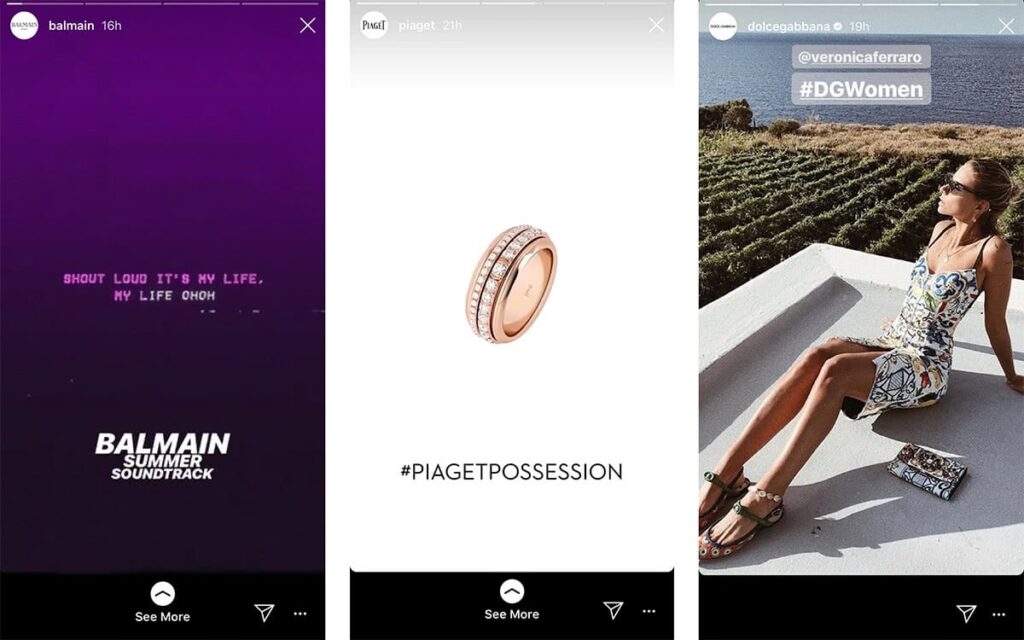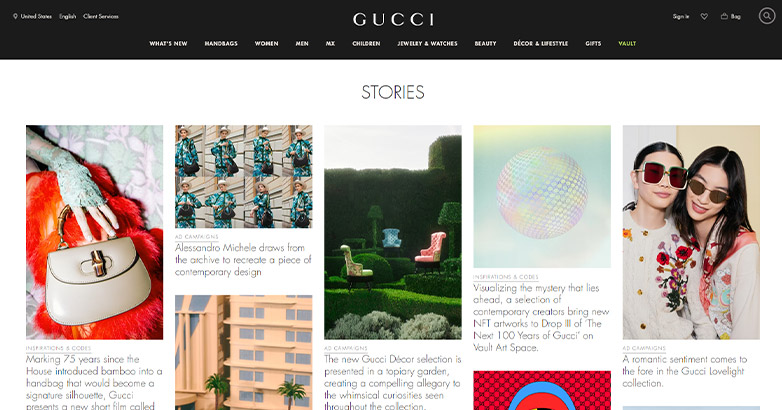

In today’s digital age, luxury brands are finding new and innovative ways to captivate their audience and build emotional connections through storytelling. In Vietnam, where the luxury market is rapidly growing, effective brand storytelling has become a crucial element of a brand’s digital marketing strategy. In this article, we will explore the power of brand storytelling in the luxury industry in Vietnam, discussing its significance, key components, and best practices. We will also highlight successful examples of luxury brands that have mastered the art of storytelling to create compelling narratives that resonate with their target audience.
I. The Significance of Brand Storytelling in the Luxury Industry

- Establishing Brand Identity: Brand storytelling plays a crucial role in helping luxury brands establish a unique identity that sets them apart from their competitors. Through compelling narratives, luxury brands can communicate their values, vision, and mission, and create a distinct brand persona that resonates with their target audience.
- Connecting with Emotions: Luxury brands have the opportunity to tap into the emotions and aspirations of their audience through storytelling. By crafting narratives that evoke emotions such as desire, aspiration, and exclusivity, luxury brands can create a deeper connection with consumers, fostering brand loyalty and affinity.
- Enhancing Brand Perception: Effective brand storytelling allows luxury brands to shape the way consumers perceive them. Through narratives that highlight their heritage, craftsmanship, and attention to detail, luxury brands can convey an image of exclusivity, authenticity, and impeccable quality, further enhancing their brand perception.
II. Key Components of Effective Luxury Brand Storytelling

- Authenticity and Transparency: Luxury brands need to be authentic and transparent in their storytelling. Consumers in the luxury market value authenticity and expect brands to live up to their promises. By aligning their narratives with their brand values and being transparent about their processes and materials, luxury brands can build trust and credibility.
- Emotional Appeal: Successful brand storytelling in the luxury industry often taps into the emotions of consumers. By creating narratives that elicit emotions such as desire, awe, and admiration, luxury brands can connect with their audience on a deeper level, appealing to their aspirations and desires.
- Consistency across Channels: Luxury brands should maintain a consistent storytelling approach across various digital channels. Whether it’s their website, social media platforms, or offline experiences, the brand story should be cohesive and aligned to ensure a seamless brand experience for consumers.
III. Best Practices in Luxury Brand Storytelling
- Know Your Audience: Understanding your target audience is essential for effective brand storytelling. Conduct market research, analyze consumer insights, and develop buyer personas to gain a deep understanding of your audience’s values, preferences, and aspirations. Tailor your brand storytelling to resonate with their needs and desires.
- Utilize Visual Storytelling: Visual elements play a significant role in luxury brand storytelling. Utilize high-quality visuals, such as captivating images and videos, to bring your brand story to life and engage your audience visually. Visual storytelling can evoke emotions, showcase the beauty of your products, and create a luxurious and aspirational ambiance.
- Incorporate Influencer Partnerships: Collaborating with influencers who align with your brand values and target audience can amplify your brand storytelling efforts. Influencers have established credibility and a loyal following, and their endorsement and participation can enhance the reach and impact of your brand narrative.
- Emphasize Heritage and Craftsmanship: Luxury brands often have a rich heritage and a legacy of exceptional craftsmanship. Highlighting these aspects in your brand storytelling can reinforce the perception of exclusivity, authenticity, and superior quality associated with your brand.
- Interactive and Immersive Experiences: Create interactive and immersive experiences that actively involve your audience in your brand story. This can include virtual tours of your production facilities, behind-the-scenes content showcasing the craftsmanship process, or interactive campaigns that allow consumers to engage with your brand on a deeper level.
- By implementing these strategies and best practices in luxury brand storytelling, brands can effectively communicate their unique value proposition, connect with their audience on an emotional level, and enhance their brand perception in the competitive luxury industry.
In conclusion, in the digital age, luxury brand storytelling has become a powerful tool for capturing the hearts and minds of consumers.
The key takeaways from this article are:
- Brand storytelling plays a crucial role in establishing brand identity, connecting with emotions, and enhancing brand perception in the luxury industry.
- Authenticity, emotional appeal, and consistency across channels are essential components of effective luxury brand storytelling.
- By knowing your audience, utilizing visual storytelling, incorporating influencer partnerships, emphasizing heritage and craftsmanship, and creating interactive experiences, luxury brands can create compelling narratives that resonate with their target audience.
Contact us today to discuss how we can assist you in creating a powerful brand narrative that captivates your audience and drives brand success.



